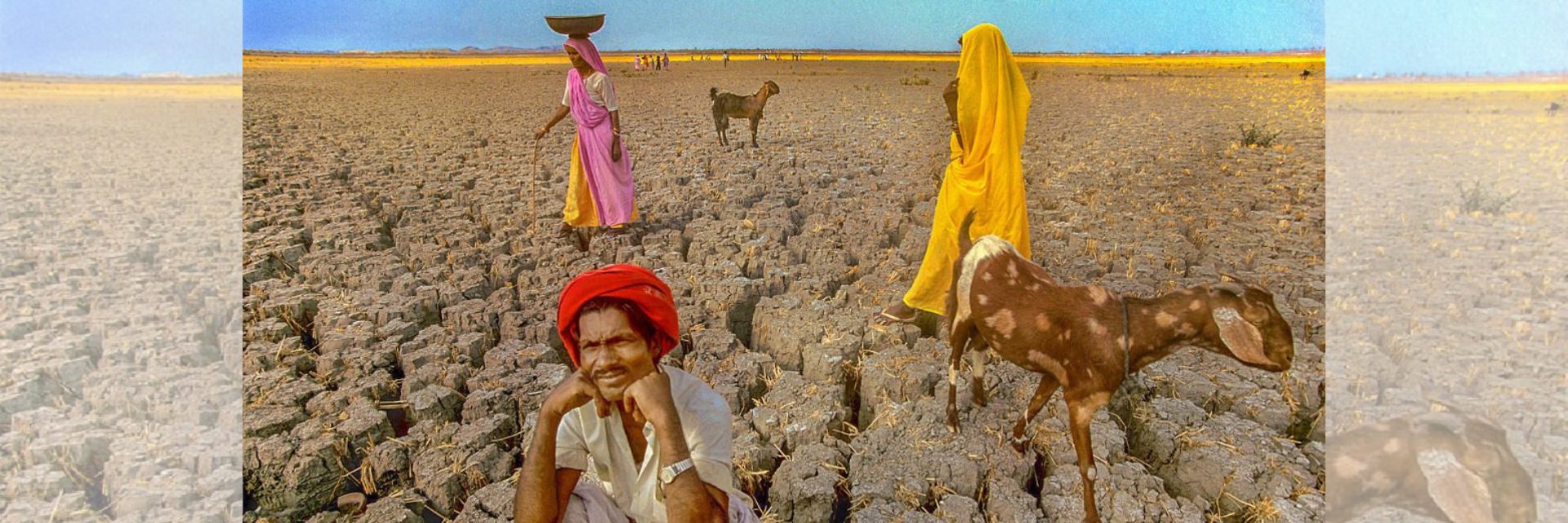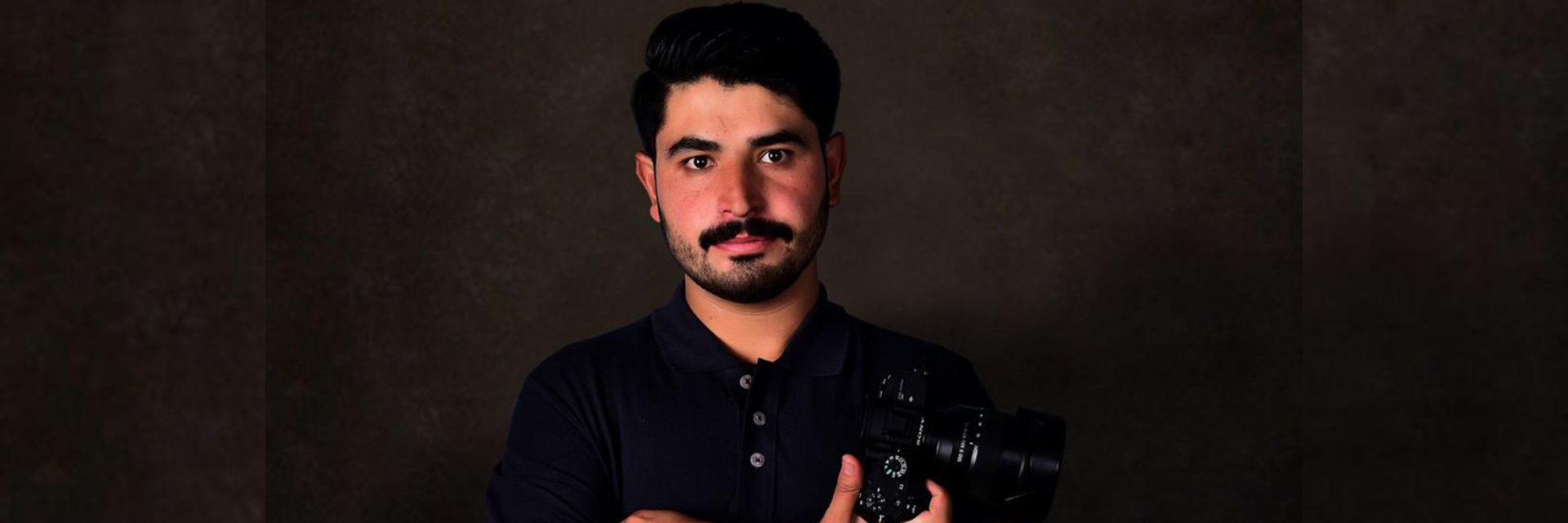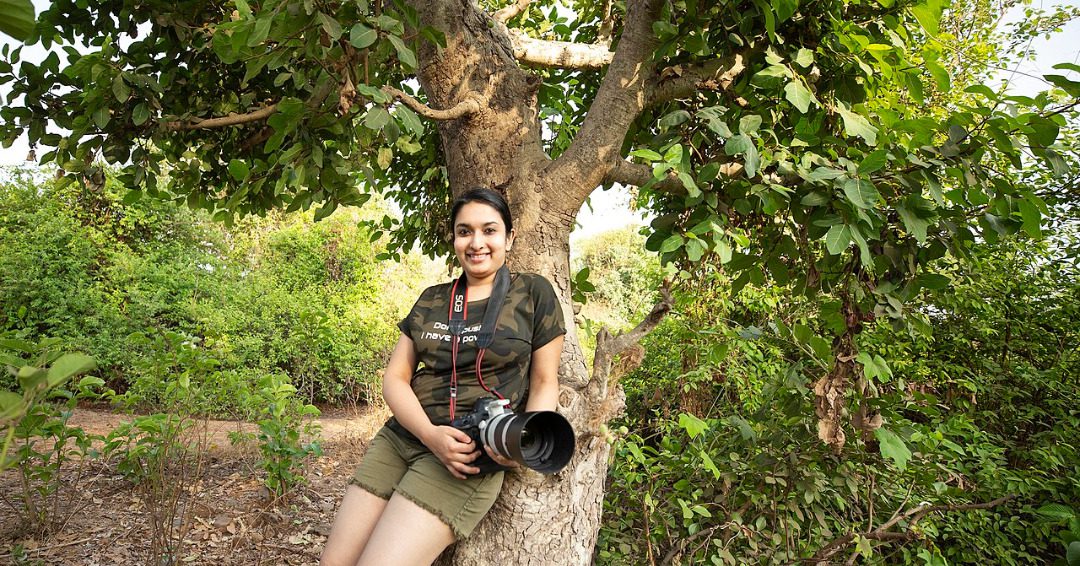(November 7, 2021) On December 6, 1992, when Indian photographer Nitin Rai found himself surrounded by a sea of ‘Kar sevaks’ in Ayodhya, he had no inkling of what was coming. Hundreds of security personnel were posted all across the temple town, all roads leading to the disputed site were barricaded and religious slogans filled the air. Tension was mounting but none, including Rai had imagined that moments later, a frenzied mob would bring down the Babri Masjid — an event which dominates India’s politics even today. A shocked Rai clicked some photographs even as he was being punched, kicked and pushed to the ground. A while later, a woman IPS officer came to their rescue and pulled out Rai to safety from what would have been sure shot death.
“The mob was specifically targeting photographers who clicked the final moments of the Babri Masjid demolition. They did all they could but I did not let go of my camera. When I fell down, I held on to it firmly, keeping it safe under my belly,” smiles Rai recalling his close shave with death. One of the photographs he clicked then, was on the cover of the Time magazine.
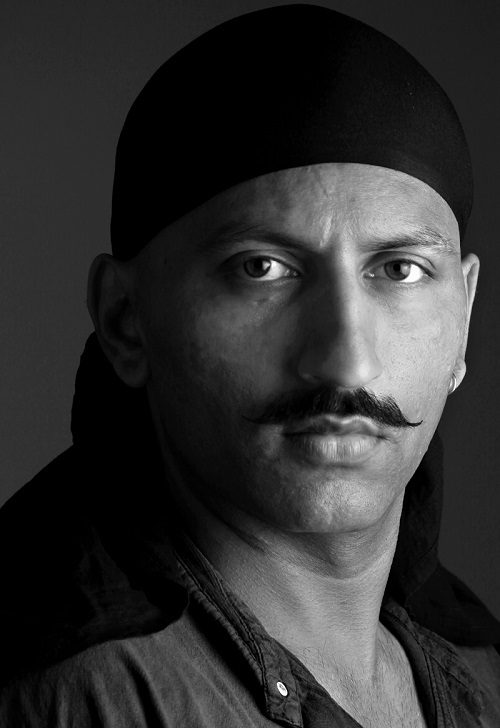
Nitin Rai
But that was not all. In the line of duty, he dodged death two more times – once in Kashmir, when he was caught in a crossfire between terrorists and security forces and again during the Kargil War in 1999. “I cannot take those kinds of risks now as I am a father of a special child and I have to take care of him,” informs the ace photographer, speaking exclusively to Global Indian. While the renowned photographer is always “armed” and ready to shoot, his risk taking abilities while shooting pictures in the most dangerous of situations came in for much appreciation.
From capturing a plethora of human emotions to some breathtaking views of India’s abundant beauty, Nitin Rai is one photographer who goes the extra mile for his pictures. That explains why he stands out from the rest. “India’s beauty is what inspires me the most. The Himalayas, deserts, backwaters, rivers and forests – all have been my favourite locations. They connect me with Mother Nature, who is the biggest creator,” says Rai, son of the legendary Indian photographer Raghu Rai.
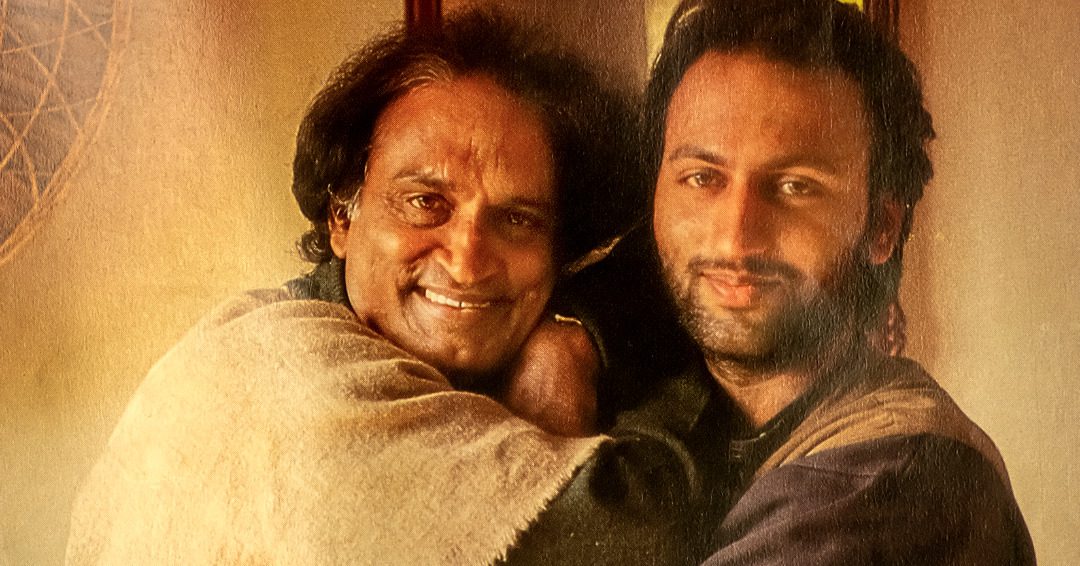
Nitin Rai with his father Raghu Rai.
At the age of seven, he asked his father to give him a camera. In possession of Nikon F, he initially began taking pictures of his family members. By 13, his photographs were regularly being published in magazines and newspapers, where he was freelancing. By 17, he had begun to work full time with various magazines.
As a child, Nitin would witness his father carrying his camera everywhere and taking pictures all the time. Raghu Rai’s friends like Kishore Parekh and his elder brother S Paul were among the legendary photographers who would often visit his home with their prints. “Endless discussions over photographs, prints and editing used to interest me and it ignited my interest in photography. They would share their experiences and ideas of photography. Observing them from close quarters taught me a lot,” recalls Rai, who is the founder and director of Raghu Rai Centre for Photography.
His career took off to a flying start. Beginning as a photojournalist for Sunday Magazine and Asia Times, a daily newspaper published from New York, Singapore, Hong Kong and Bangkok, Rai soon grew into a multi-genre photographer. In a career spanning three and a half decades, he did fashion photography, landscapes, portraits, documentary, interiors, food, real estate and even industrial photography. “I wanted to try my hand at other kinds of work too (apart from photojournalism) which led me to other avenues,” he explains. In many ways, Rai’s professional journey has been similar to his father’s who too worked for several national and international publications.
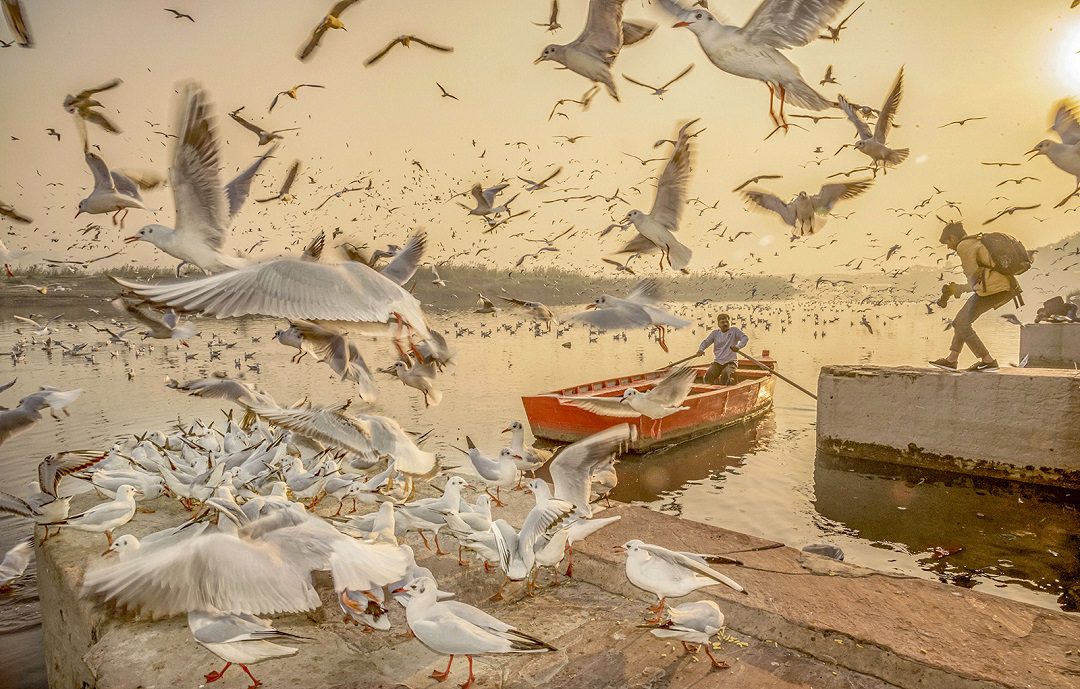
Sea Gulls at Yamuna Ghat clicked by Nitin Rai
His father Raghu Rai, who specialised in extensive coverage of India and produced more than 18 books, served on the jury for World Press Photo from 1990 to 1997 and twice on the jury of UNESCO’s international photo contest. His photo essays appeared in many magazines and newspapers across the globe including The New York Times, Time Life, GEO, The New Yorker and The Independent among others. For Greenpeace, he completed an in-depth documentary project on the chemical disaster at Bhopal in 1984, which the world took note of.
Born in Gurgaon, Haryana in May 1969, Rai studied at Air Force Bal Bharati School in New Delhi after which he went to St Xaviers. “I used to go for photography assignments after school. Since I was already working full time by the age of 17, I did not pursue studies further,” informs Rai, who is a single parent to a 26-year-old.
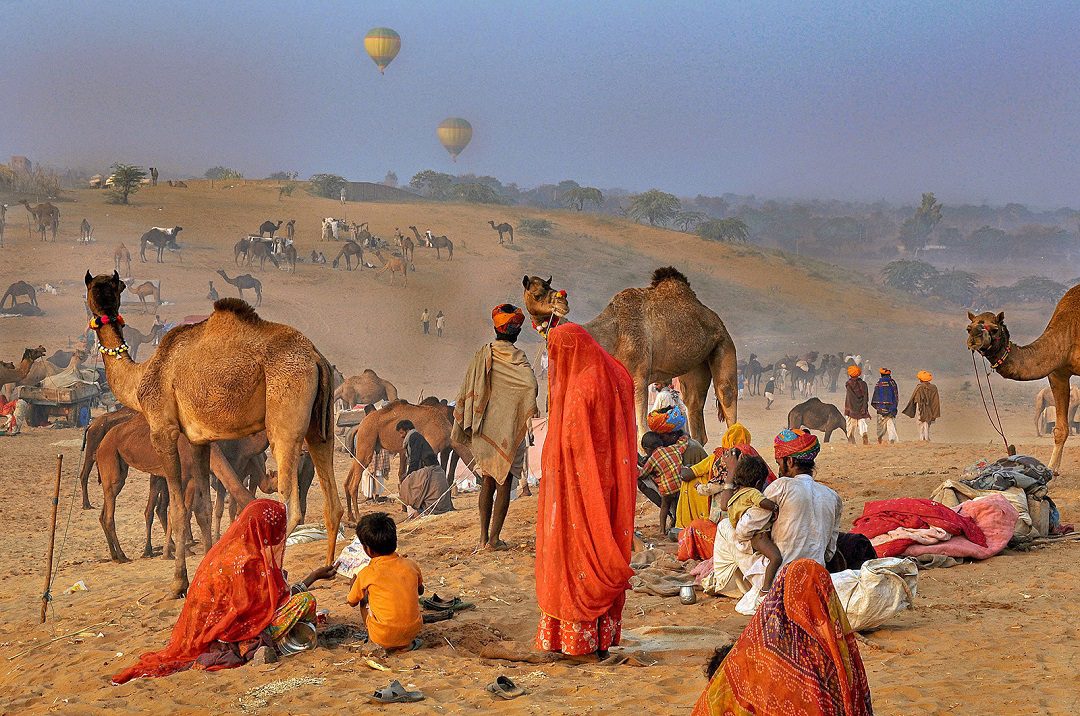
Pushkar landscape clicked by Nitin Rai
Throughout his career, Rai’s biggest asset was his ability to connect with people of different cultures and backgrounds and capture their essence. “Making images which are sensitive, expressive and evocative that connect with the viewers of the image has always been my forte,” says the Indian photographer, whose work has been featured prominently in international magazines like Der Spiegel, Figaro, Tattler, Facts, Stern, The Sunday Telegraph and The Independent.
“My biggest inspiration has been my father. It was he who inspired me to pick up the camera. When I started off, the money was meager but there was this immense amount of satisfaction,” says Rai, whose photograph of a sadhu he had taken in Ayodhya got him the Nikon Award. An admirer of other photographers like S Paul, Alex Web, Abbas, Henri Cartier Bresson, Richard Avedon among others, Rai says being observant, patient and sensitive to people and situations is what made his journey worthwhile. “Regardless of cultures, race or place, all human beings are the same. One of the key aspects of photography is the patience to be able to see the image and capture the moment,” says the Indian photographer, who carries a camera with a basic 24-120 mm lens on a daily basis, which he says, works for most situations.
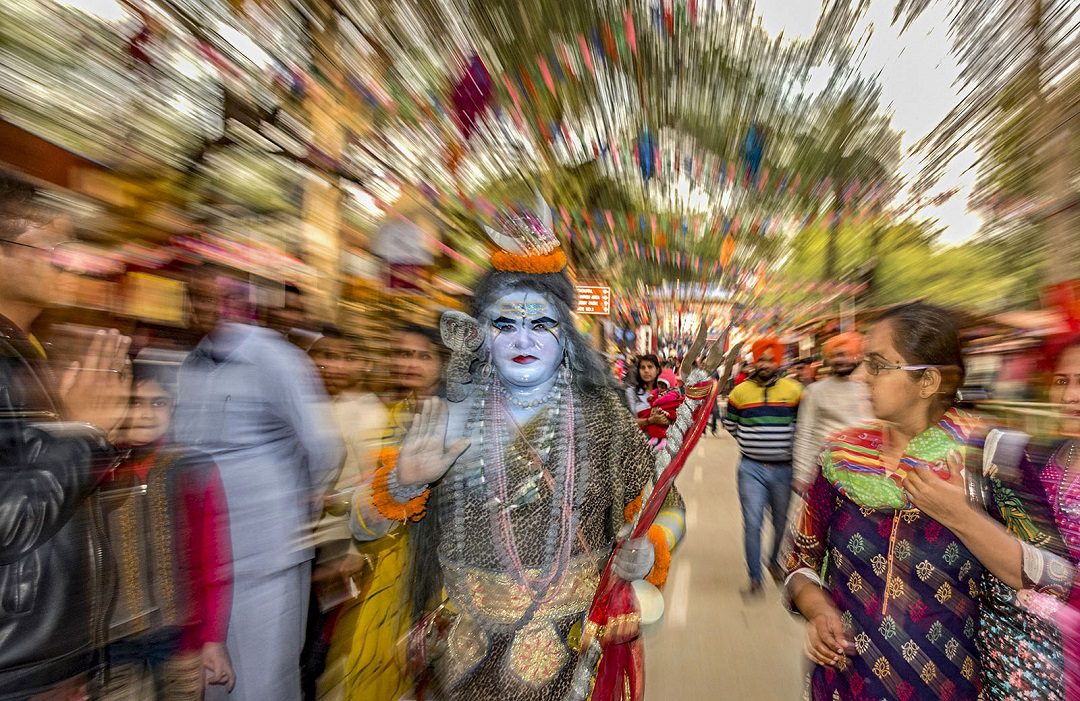
Lord Shiva at Suraj Kund Mela clicked by Nitin Rai.
When he is not shooting, Rai is teaching photography. “The idea behind the Raghu Rai Centre for Photography was to disseminate the knowledge which I acquired through the years,” says Rai, who has worked for various corporates including Aditya Birla group, DLF, Bhartia Industries, Oswal group, Ansal among others.
In an age when almost everyone clicks photographs on their mobile phones, Rai says that photography was expensive in the earlier times. “The films were expensive, developing them was expensive again. Today, anybody can take photographs. But one must learn the methods. Only when one understands photography well, can they take better pictures. Most people take to photoshop and often, the results are ugly,” explains Rai, adding that a photograph has an expression and has the truth in it which makes it an image. He says that photography teaches a lot about life and it all depends on how well the photographer connects with the people and situations.
Nitin Rai, for whom Mahatma Gandhi is the true Global Indian, says that his career spanning more than 30 years, the ups and downs of life and his father’s advice to be flexible helped him conquer newer heights, both professionally and personally.
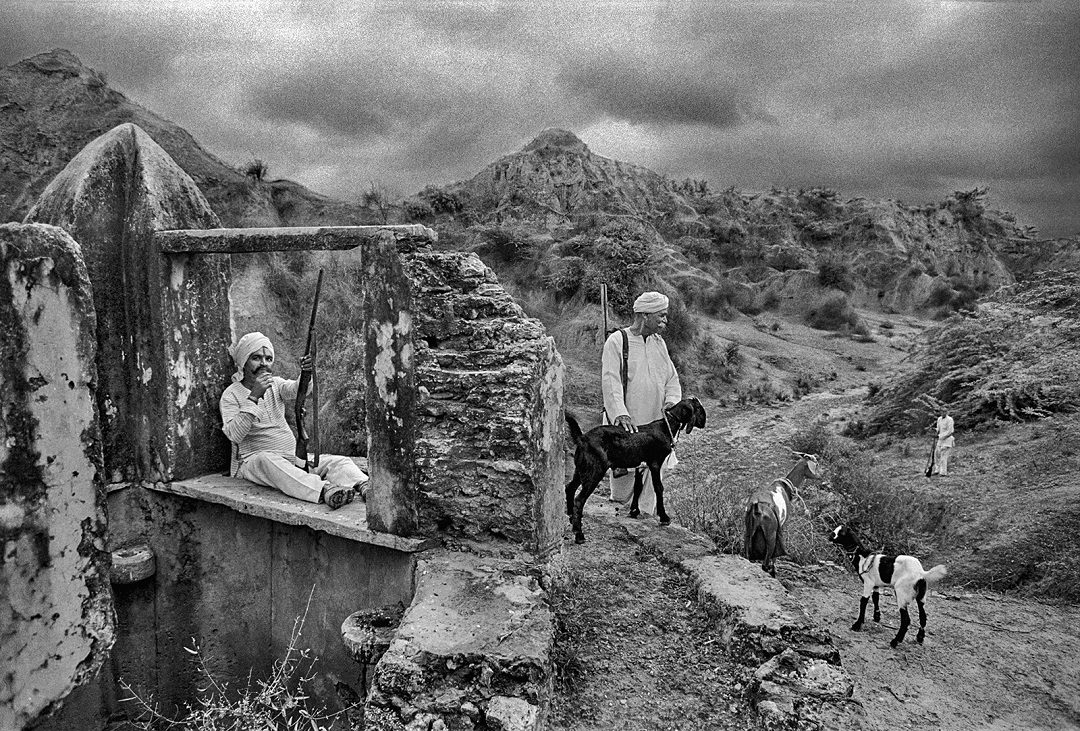
Chambal Ravines clicked by Nitin Rai
In 1994, when a flurry of bullets from AK-47 assault rifles flew past him after he was caught in the crossfire between security forces and terrorists holed up in a premises in Kashmir valley — luck was on his side. “We were a group of journalists and photographers who set out to do interviews with some terrorists. But no sooner had we reached there, the security forces too arrived and a heavy gun battle ensued. We were caught for almost 8 to 10 minutes. We were scared to death but finally, we were out of the situation when firing stopped for a while,” recalls the internationally acclaimed photographer.
“The third time I dodged death was while covering Kargil war in 1999,” informs the Indian photographer. “Though photographers were not allowed till the frontline, we were very close to the places where Pakistani shells were landing. But I got some great shots including the one with Indian troops at the freezing heights of Zoji La pass which was carried by Der Spiegel magazine,” says Rai, who now leads a team of photographers to give top quality images to his clients.
Among his famous works is a photo documentation of people living with HIV/AIDs in different states in India and the suffering and pain of people, the Indian photographer captured in Gujarat earthquake in the year 2000 besides dozens of pictures in Ayodhya, Kashmir, Kargil and elsewhere.
Follow Nitin Rai on Instagram

